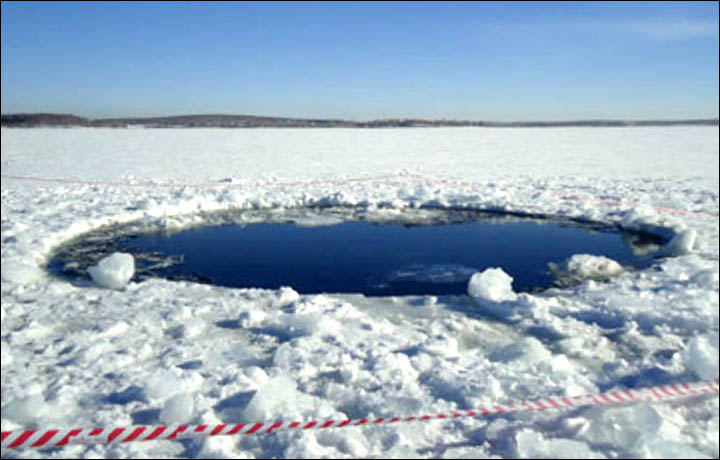
Meanwhile scientists from the Institute of Geology and Mineralogy (IGM) in Novosibirsk have already reached an intriguing conclusion about the meteorite which produced a dramatic light show and it crashed to earth shattering windows in and around Chelyabinsk on 15 February this year.
While all of the fragments are composed of the same minerals, the structure and texture of some fragments show that the meteorite underwent an intensive melting process before it was subjected to extremely high temperatures on entering the Earth's atmosphere, say the specialists.
'The meteorite which landed near Chelyabinsk is a type known as an LL5 chondrite and it's fairly common for these to have undergone a melting process before they fall to Earth,' said Dr Viktor Sharygin from IGM, presenting the research at the Goldschmidt conference.
'This almost certainly means that there was a collision between the Chelyabinsk meteorite and another body in the solar system or a near miss with the Sun.'
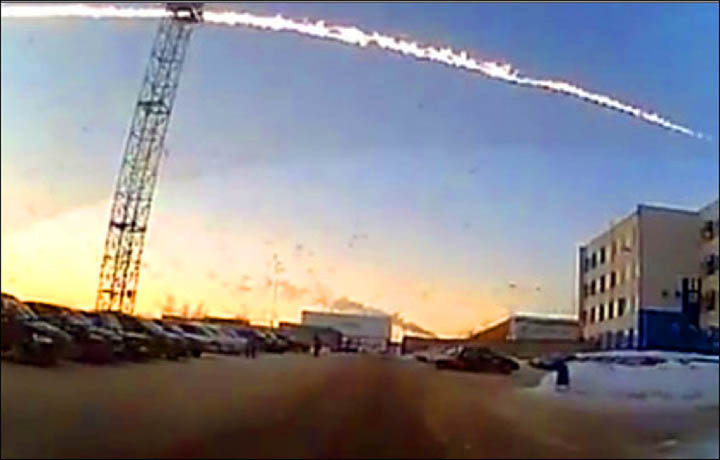
'The dark fragments include a large proportion of fine-grained material, and their structure, texture and mineral composition shows they were formed by a very intensive melting process, likely to have been either a collision with another body or proximity to the Sun.
'This material is distinct from the 'fusion crust' - the thin layer of material on the surface of the meteorite that melts, then solidifies, as it travels through the Earth's atmosphere.'
'Of the many fragments we've been analysing, only three dark samples show strong evidence of earlier metamorphism and melting,' said Dr Sharygin.
'However, many fragments of the meteorite were picked up by members of the public, so it's impossible to say how large a portion of the meteorite was affected. We hope to find out more once the main body of the meteorite is raised from Chebarkul Lake.'
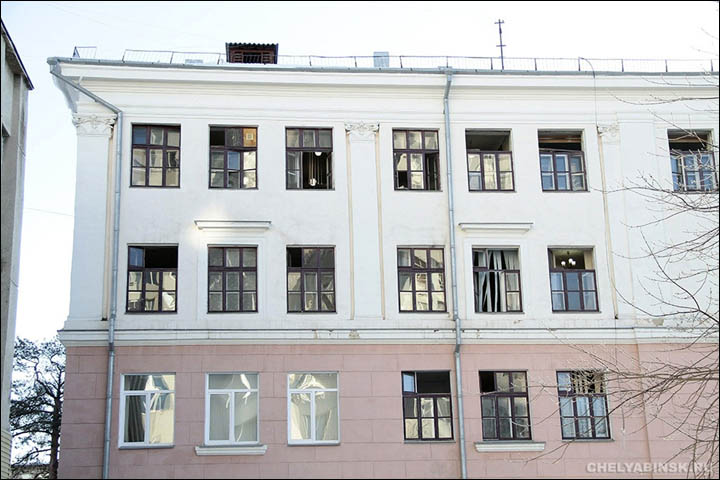
'The team are only able to identify these elements as an alloy of osmium, iridium and platinum, but its presence is unusual as the fusion crust is formed over too short a time period for these elements to easily accumulate,' said the report.
'Platinum group elements usually occur as trace elements dispersed in meteorite minerals, but we found them as a nanometer-sized mineral (100-200 nm) in a metal-sulfide globule in the fusion crust of the Chelyabinsk meteorite,' he said.
'We think the appearance (formation) of this platinum group mineral in the fusion crust may be linked to compositional changes in metal-sulfide liquid during remelting and oxidation processes as the meteorite came into contact with atmospheric oxygen.'
The findings are part of ongoing research into the meteorite, using a scanning microscope, electron microprobe and gas chromatography-mass spectrometry, through which the IGM team are producing a detailed mineral analysis of the Chelyabinsk meteorite.
The authorities stated that 1,491 people, including 311 children, sought medical attention in Chelyabinsk region following the strike by the space rock.
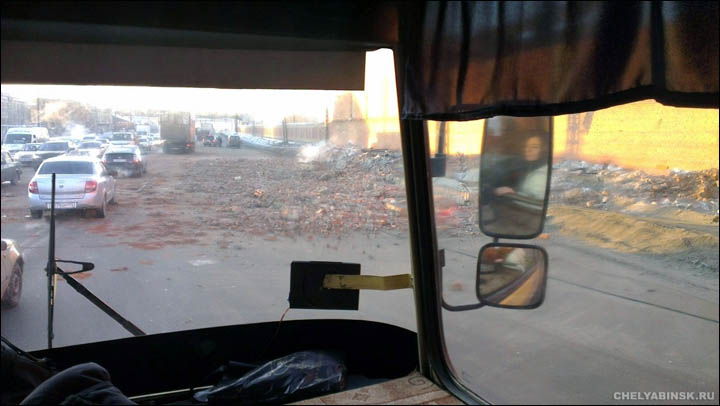
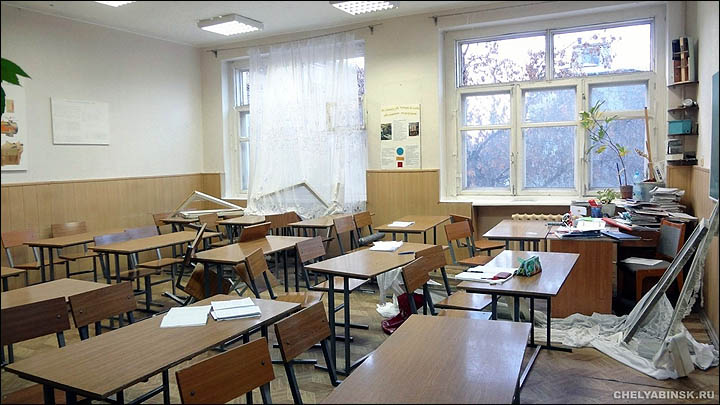



Maybe bounced off of the (supposedly unrelated)* near miss/flyby meteor of hours before?
R.C.
*" You know...Kinda like how WTC7 apparently collapsed "out of sympathy"** with the other pet towers that Silverstein coincidentally also owned/was given and/or set up with by the PTB. (Obliquely rambling sarcasm.)
** Kudos to whomever*** first came up with that.
*** Me hates "whoMevers'! ;-) Whatever..
.
RC